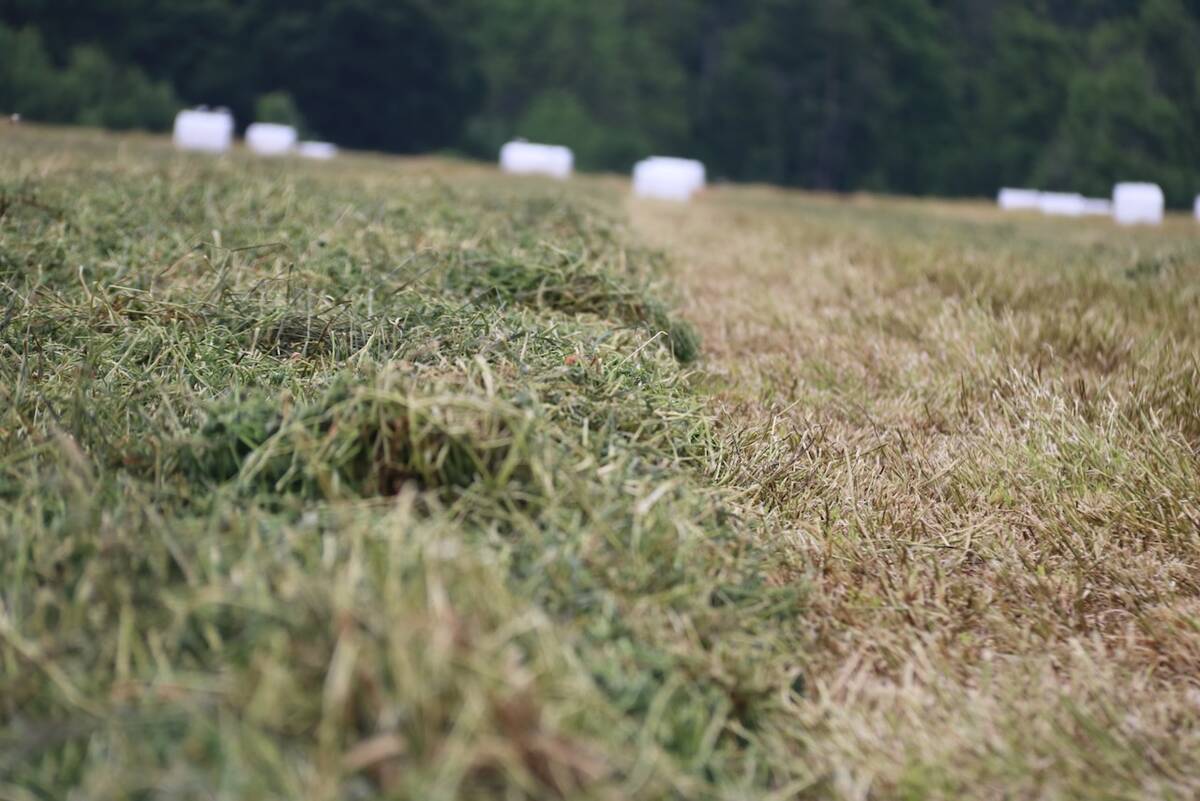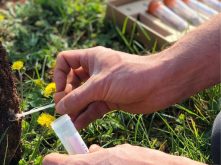Canola production relies heavily on access to adequate plant nutrients, including nitrogen, phosphorus, sulphur and potassium. Since the nutritional level of an individual plant will affect its response to stress factors (including adverse weather and disease pressure), poor nutrition could mean the difference between profit and loss. It’s not just about profit, though. A good fertilizer management program also helps to maintain the productivity of the soil in the long term as well. It goes without saying, then that adequate plant nutrition requires good soil fertility management. Here’s what you need to know.
Read Also

New high-performance forage training program to launch in 2026
A new Canadian Forage and Grasslands Asssociation high-performance forage program will be a resource for farmers, agronomists and others in the forage sector.
1. Test the soil
Knowing what your crop needs can mostly be determined by evaluating the results of a recent soil test. In particular, look at nutrient levels for nitrogen, phosphorus, sulphur and potassium — as well as macronutrients.
“The soil is a great supplier of most of these nutrients,” says John Heard, crop nutrition specialist with Manitoba Agriculture, Food and Rural Initiatives. “Hence, the need for a soil test.”
2. Calculate nitrogen needs
“The standard soil test for nitrogen measures a form of nitrogen that can be taken up directly by the plant (nitrate-N), so we can sometimes do simple arithmetic to decide how much more nitrogen needs to be supplied for a certain yield level,” says Heard. “This would be a starting place for a fertility recommendation… the determining rate.”
Other management aspects may also have great impact on nutrient levels, though, he says, mentioning timing, placement and the source of nitrogen itself.
“These should be formulated individually or with the help of a crop adviser,” he says. “Further sophistication means tailoring nitrogen rates by the cost of the fertilizer and the value of the crop. Manitoba provides an N-rate calculator for such purposes.”
3. Remember sulphur needs
Sulphur is very important for meeting yield expectations, says the Canola Council of Canada website. Typically, experts recommend 10 to 20 punds of sulphur per acre, regardless of soil test results. “Due to highly variable sulphur levels within fields, composite soil tests may show sufficient levels even though large parts of the field are deficient,” says the site, which recommends using ammonium sulphate to address sulphur needs in the year of application.
Remember, elemental sulphur cannot usually be converted into available sulphate in time for adequate crop uptake in the year of application, at least not in sufficient quantities.
The Canola Council of Canada recommends that ammonium sulphate (AS) be placed away from the seed row. “Save the seed-row location for phosphorus fertilizer, as it provides a known early season benefit to stand establishment,” they suggest. “Adding AS to the seed row in addition to ammonium phosphate pushes the nitrogen levels too high for seedling safety in many cases.”
Finally, if the crop shows signs of deficiency, an in-crop application of sulphate fertilizer could effectively rescue most of the crop’s yield potential, but only if fertilizer is applied early enough to allow sufficient uptake by early flowering at the latest.
4. Account for phosphorus and potassium needs
Unlike nitrogen, soil test values for phosphorus and potassium are not the forms or amounts taken up by plant, says Heard, so they cannot be simply mathematically subtracted from the amounts required for certain yield levels.
“They are an index of the soil supply and their ranges (very low, low, medium, high, etc.) indicate whether there is a high or low probability of yield response to applied nutrient,” Heard says. “So farmers and crop advisors generally use soil lab values as a starting place in deciding on rate.”
Knowing crop removal amounts can still be useful to growers, though, particularly those who are producing yields that are higher than what the original research achieved. In cases where crop removal is higher, soil depletion can occur.
“In order to maintain soil productivity, some accounting of this extra removal is required,” says Heard. “Some soil test recommendations take this into account, others do not.”
“We observe this most commonly for phosphorus in Manitoba soils where crop yields are high and farmers’ placement and timing choices may limit their applications for crops such as canola,” Heard continues. “Under such situations we are seeing soil depletion and recognize that increased fertility input is required to maintain soil fertility levels.”
















